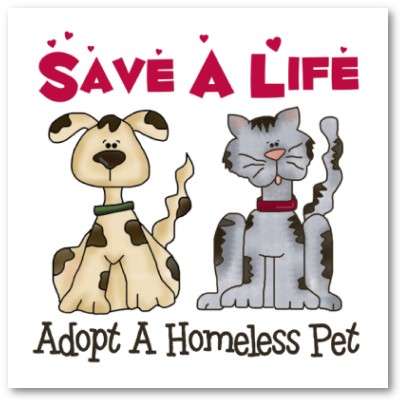Car Travel and Dogs
Whether you’re planning to bring your dog up to the cottage, taking him/her for his/her annual check-up at the vet, or simply heading to the off-leash dog park, there is a good chance that you’ll need a car to get there. For some owners, a car trip with their dog is no big deal; it’s a simple as popping their pooch in the back seat and hitting the road. For others, even a fifteen minute drive can be a total disaster. Whichever might be the case for you and your dog, it’s important to be aware of all the potential hazards that exist on the road, and to be prepared. Not all dogs will be perfect passengers, but by taking a few simple steps and precautions, you can ensure that your next road trip goes as smoothly as possible.
Even before you and your pet board the vehicle, you can make your dog’s trip better by taking steps to avoid motion sickness. It is estimated that one in every six dogs experiences motion sickness, and you don’t want your dog to experience it and vomit all over your back seat. A good idea is to avoid feeding your dog for three to four hours prior to departure. If you already know that your dog is prone to getting carsick, you can even ask your veterinarian about dosing your pet with Gravol or Dramamine. Some dogs might even need a mild (or moderate) strength sedative to stay quiet and prevent car sickness. If you are unsure as to whether or not your dog is the kind that gets sick, try a test drive. Start with just a five minute drive around the block and then increase the length of time gradually to see what your pet can tolerate.
On longer trips, planning frequent stops for bathroom breaks is also a must. You should check in advance for pet friendly rest stops, as many do not allow dogs at all. You can both use these breaks to stretch your legs and also to re-hydrate. Pack along drinking water and a bowl. If your pet is one that can handle food without getting car sick, you can also pack some of his own food along for snacks.
Once you are done with all the necessary planning, it’s time to buckle in. Just as you would do for a small child, it is important to secure your pet as best you can while they are in the car. It is always safest for your pet to travel in the back seat. Airbags are not designed with dogs in mind, and can be extremely dangerous for pets of any size so front seat travel is a no-no. Also, it is extremely unsafe for you as a driver to be distracted by a dog in the passenger seat. For smaller dogs (or bigger cars), using a travel crate is a good way to ensure your pet’s safety while on the road. Especially for dogs who are crate-trained already, this kind of travel can be very comfortable and make your pet feel secure. The crate should be secured to the seat with a seatbelt. Other dogs do well with special harnesses designed specifically for this purpose. Just like a seatbelt, these harnesses keep your dog safely on its seat and prevent your dog from flying forward through the windshield in case of an accident. This sort of restraint is best tolerated by dogs who trained with the harness from the time they were puppies. For larger dogs, or those that become extremely anxious during restraint, they can be seated (though a secure crate is safer) in the back of your vehicle. However, to ensure your dog's safety and your own, a dog guard should be installed to separate the back of the car from the driver’s area.
Going for a car ride with your pet doesn’t have to be a stressful experience. For many dogs a car ride can be a great time. With just a little preparation and a few simple precautions, you can feel confident in your dog’s safety and comfort while in the car. Though it may seem like a bit of work at first, with time, car safety for your pet will be as second nature to you as buckling up your own seat belt.


No comments:
Post a Comment